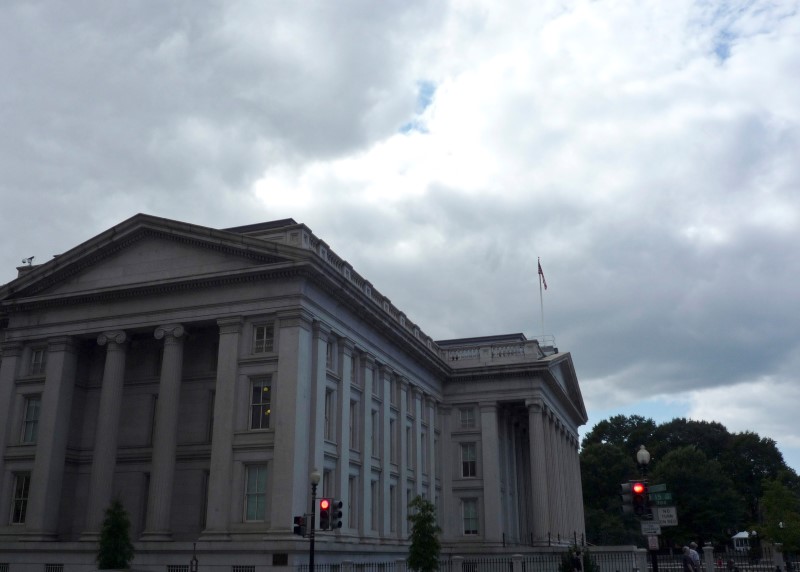Investing.com - The recent surge in US Treasury bond yields to a two-and-a-half-month high indicates strong economic growth and a tight labor market, signaling that the Federal Reserve may not be done with interest rate hikes.
Market analysts believe that markets have been mispriced since the collapse of Silicon Valley Bank, and this adjustment is an overdue correction. According to Judo Bank's chief economic advisor Warren Hogan, central banks have consistently communicated their intention not to ease monetary policies soon; however, this wasn't reflected in market pricing until now.
Last week's data from the US Labor Department revealed a healthy job market with initial state unemployment benefit claims rising by 4,000 to 229,000 while prior week figures were revised significantly lower. Additionally, first-quarter GDP growth was unexpectedly revised up from an annualized rate of 1.1% to 1.3%.
These factors contributed to significant jumps in both short-term and long-term treasury yields: The two-year yield rose by 29 basis points since Monday reaching 4.54%, while the ten-year return increased by 14 basis points on the week hitting 3.82%. Consequently, federal funds futures now suggest a higher likelihood of another Fed interest rate hike at their June policy meeting—49% probability compared to Wednesday's estimate of just over one-third.
This trend towards increasing rates has also impacted Australian bond yields which reached levels last seen on March 7th; three-year bonds returned rates of up to 13 basis points at around at around . The Reserve Bank of Australia (RBA) is now expected by interbank futures traders to raise cash rates up slightly more than previously anticipated - they put it at about a three-quarters probability of hitting 4.1% by August, up from an earlier estimate of a 50/50 chance.
ANZ Group Holdings Ltd (ASX:ANZ) rates strategist Jack Chambers attributes this change in sentiment to increased optimism regarding US debt ceiling negotiations. Concerns about default have bolstered the US dollar while weighing heavily on the Australian currency, which has lost over 4% value so far this year.
Hogan believes that market analysts are underestimating the significance of recent improvements in Australia's housing market and expects two more interest rate increases, potentially raising cash rates to a peak of around 4.35%. He maintains that current Australian interest rates are not restrictive given these positive economic developments.
